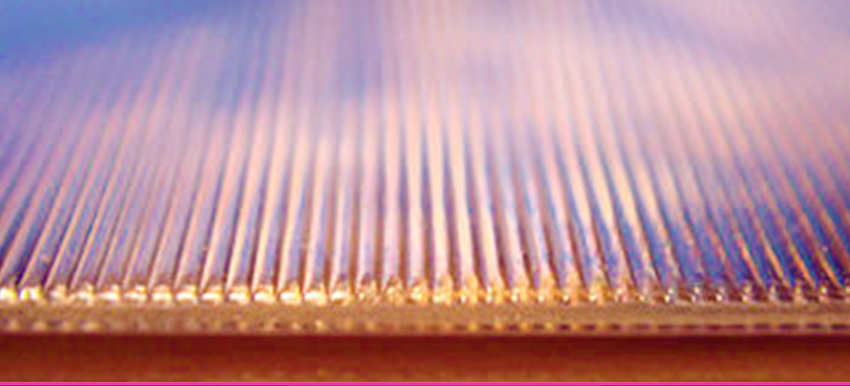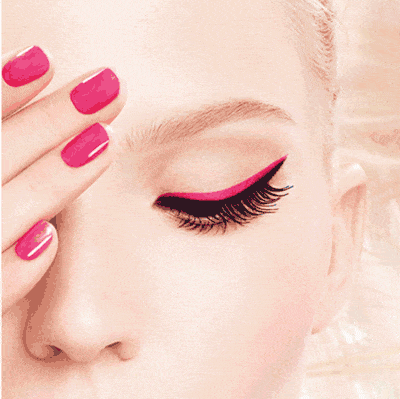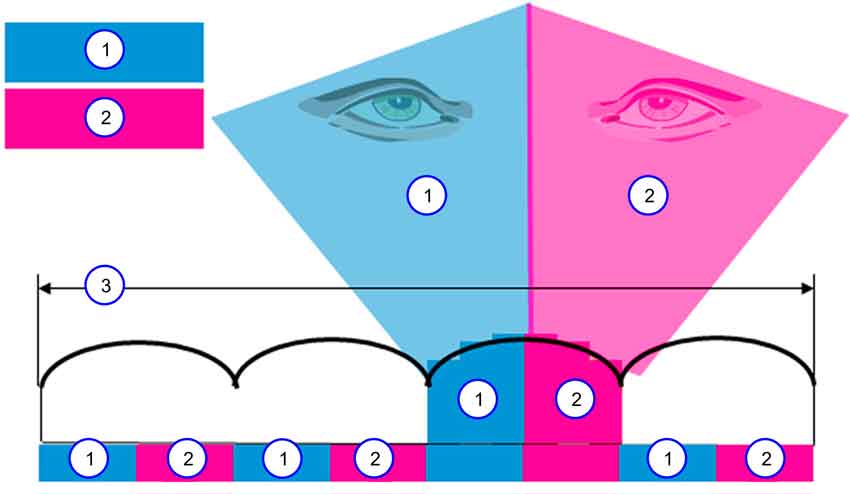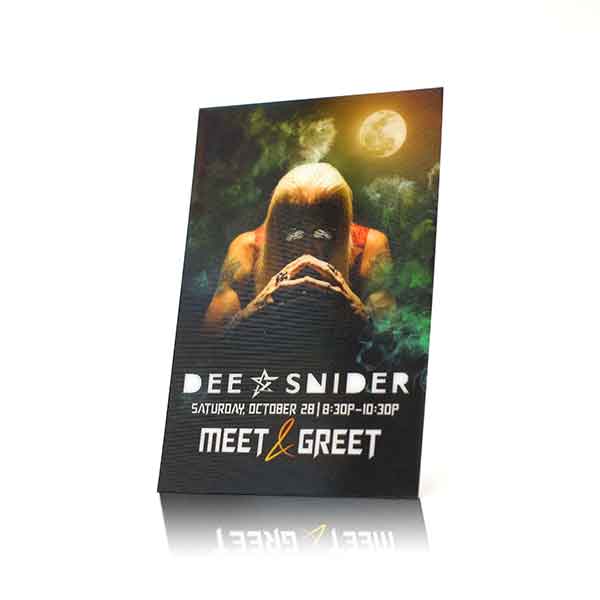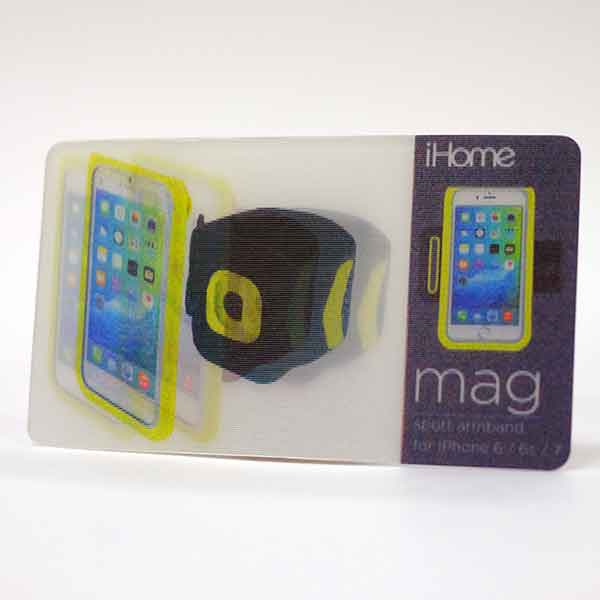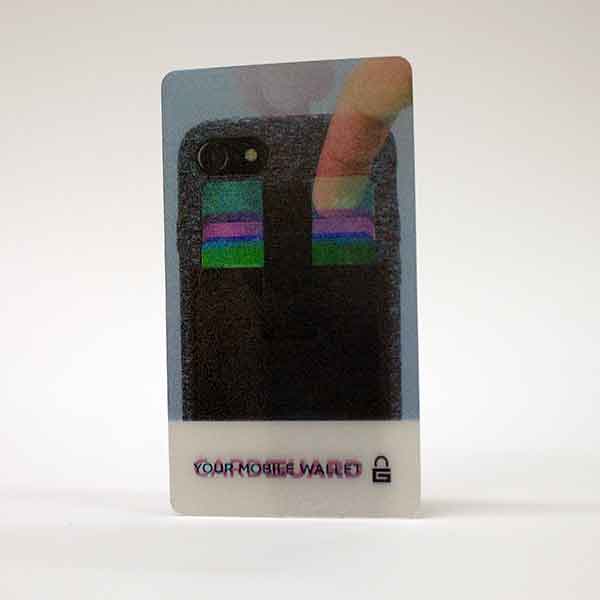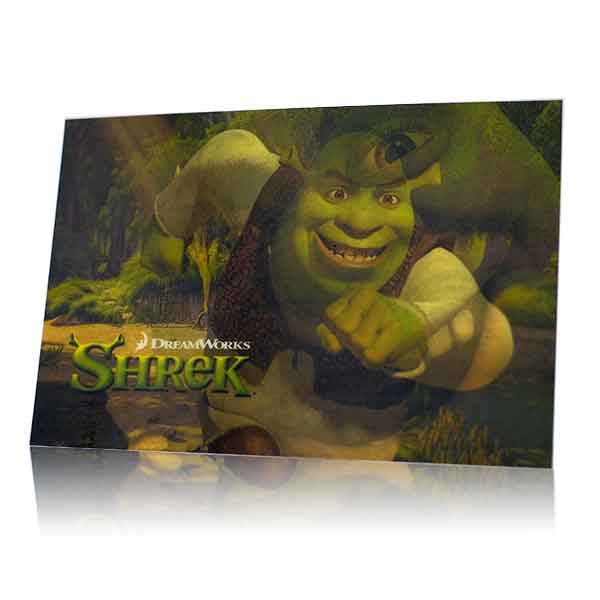Just like everything else, printing industry has also gone through an evolutionary phase thanks to the rapid rise in technology. With equipment becoming more advanced, technologies evolving at a breakneck speed and things becoming so fast, there has been rise of quite a number of impactful technologies in print industry. And, the one technology that has been making the news for all the good reasons has been – lenticular prints. In fact, it is one of the most sought after printing techniques in the market today be it in New York or any other advanced state for that matter.
What makes it so impactful? Why has lenticular print become the next big thing in the industry? What are the reasons that people have accepted this print technology with arms wide open? This article will help you answer all these questions.
So, let us begin!
What is Lenticular prints?
Our eyes are amazing machines, but they are easily tricked. We see our world in 3D because our world is 3D. When we look at a standard 2D printed image, it appears flat and stagnant. The viewer can see that perspective intended, but the illusion of reality is minimal. Lenticular printing has the ability to change this, using paper with lenses. The lenses are curved so that the left eye and right eye focus at different slants. In addition, the curving means the image changes when viewed from different angles. Lenticular printing allows the creation of a hologram-like image. The designer has the ability to create an illusion of reality using depth and special effects. You see 3D-like in a movie, but no glasses are required. Images can be printed to create animation with effects such as zoom, movement, rotation, flipping, and metamorphosis. The possibilities are endless. 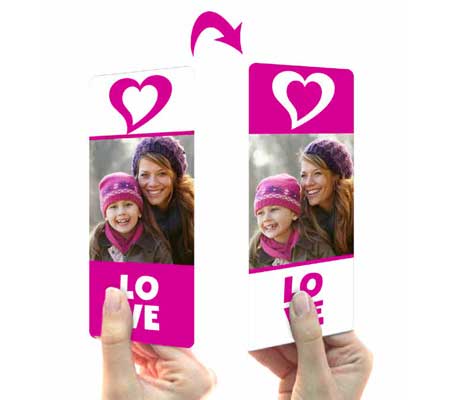
In simple terms, lenticular print is a type of print process that uses specially prepared graphics along with a lenticular lens to print images with 3-D illusion i.e. the illusion of depth and motion.
Why the term Lenticular? Because the print is made up of lenticules, which is a term used to define the repeating rows of convex lenses used in the process on the front surface of the print material. The back side of the material, however, is a flat surface that can be printed directly or can have a graphic pre-printed or mounted to it.
A little bit about the process
As already stated that lenticular prints uses a particular set of graphics to be used with the lenticular lens for print, the process used to create those graphics is termed as interlacing.
An interlaced graphic comprises of repeating multiple images, which could be different views of one image to create a 3-D imaging effect, or multiple frames as well that gives the feel of a multi-image sequence. The image thus created is used to print and give the wide range of visual effects when looked at from different angles.
Here is a look at the kind of effects a lenticular print is able to generate that makes it so impactful –
-
2-Phase/3-Phase or Flip Effect
Being a simple animation effective, it is one of the most effective ones as well. Using lenticular flip technology you can create a 2 or 3-phase flip image that uses up to three images, which can be combined together to present independent views when looked from different angles. It is one of the most commonly used applications of lenticular technology.
-
Morph printing
Another popular application of lenticular prints is in the form of morph printing. As the name suggests, this technology is used to create the morphing effect, wherein one element seems to change into another element. It works best when two similar images are used to create the effect, however it can produce a similar impact when tow different elements are used.
-
3-D imaging
Another common application of lenticular prints comes in the form of creating 3-D prints. The easiest way to accomplish it is by layering photos or the arts you want to use under a lens. It creates the illusion or depth on a flat surface; make it appear like 3-D imaging. Visually most appealing, and practically one of the most popular effects of lenticular prints – 3D imaging has been used in quite a number of different industries as well.
-
Combination prints
When you use two animations in one, it is known as combination effect. This type of technology is most commonly used in combination with Flip and 3D technology. However, recently there has been application of combination print with morphs and zooms as well. Being highly diverse form of lenticular technology it has managed to garner quite a good repute in the market within a short time span.
How does it work?
Coming to the most important question, how does lenticular print work? Well, here is a step by step guide on how does it work –
- The first step requires you to have two separate images. These images you need to cut into strips, called as interlacing as already mentioned.
- The interlaced images are then joined in such a way that strips from the two cutting lie alternatively.
- A hemispherical row of lenticles is added to the top of this created image. The purpose of these lenticles is to refract the light passing on to the images.
- As a result of this when you look at the image from different angles you see different images.
This is the simplest, and the most scientifically logical explanation of how lenticular print technology works. In fact, the most basic lenticular prints can be easily created without the need of too much advanced technological equipment.
Where do these prints find application?
Now you might be wondering where lenticular prints plays a role. What are the common applications of lenticular prints? Well, the one word answer to this question is – animations.
Combinations technology is used create 3D flips. These usually find applications in full motion videos. However, they have slowly carved a niche in the computer graphics industry as well. And, growing in applications day by day! Over the past few years, lenticular print imaging has become one of the most sought after print technologies in the market. The demand for this technology has been on the rise ever since its inception.
Why consider Lenticular Prints?
Consistently, there are hundreds—maybe even thousands—of promoting messages thumping on your make a beeline for access the piece of your mind that chooses to purchase things. With such a great amount of cash in question, it’s not really astounding that publicists go to such phenomenal lengths to get our consideration. The main inconvenience is, our brains habituate: they rapidly get used to seeing a similar thing again and again. So the publicists need to continue considering new traps to remain one stage ahead. One of their most recent thoughts is to print notices, magazines, and book covers with lenticulars—pictures that appear to change as you move your head.
Choose lenticular print services to showcase your products and services for an interactive experience with your audience. Popular types of Effects are Flip, Zoom, 3D, Animation & Morphing. Consider Digital City Printing for lenticular print in NYC.
Are you looking for lenticular printing services?
If you are on the lookout for someone in New York who can help you with lenticular printing services, then getting in touch with the experts from Digital City Printing can prove to be the best idea. You can visit these professionals at their centrally located office at Digital City Printing Main address: 250 West 40th Street (6th Floor) New York, NY 10018 Tel:(212) 244-1254, or drop an E-mail: quotes@digitalcitymarketing.com to know more about what to expect with these experts.
So, what are you waiting for? Go ahead and get in touch with these lenticular print experts to see what they have to offer for you!

